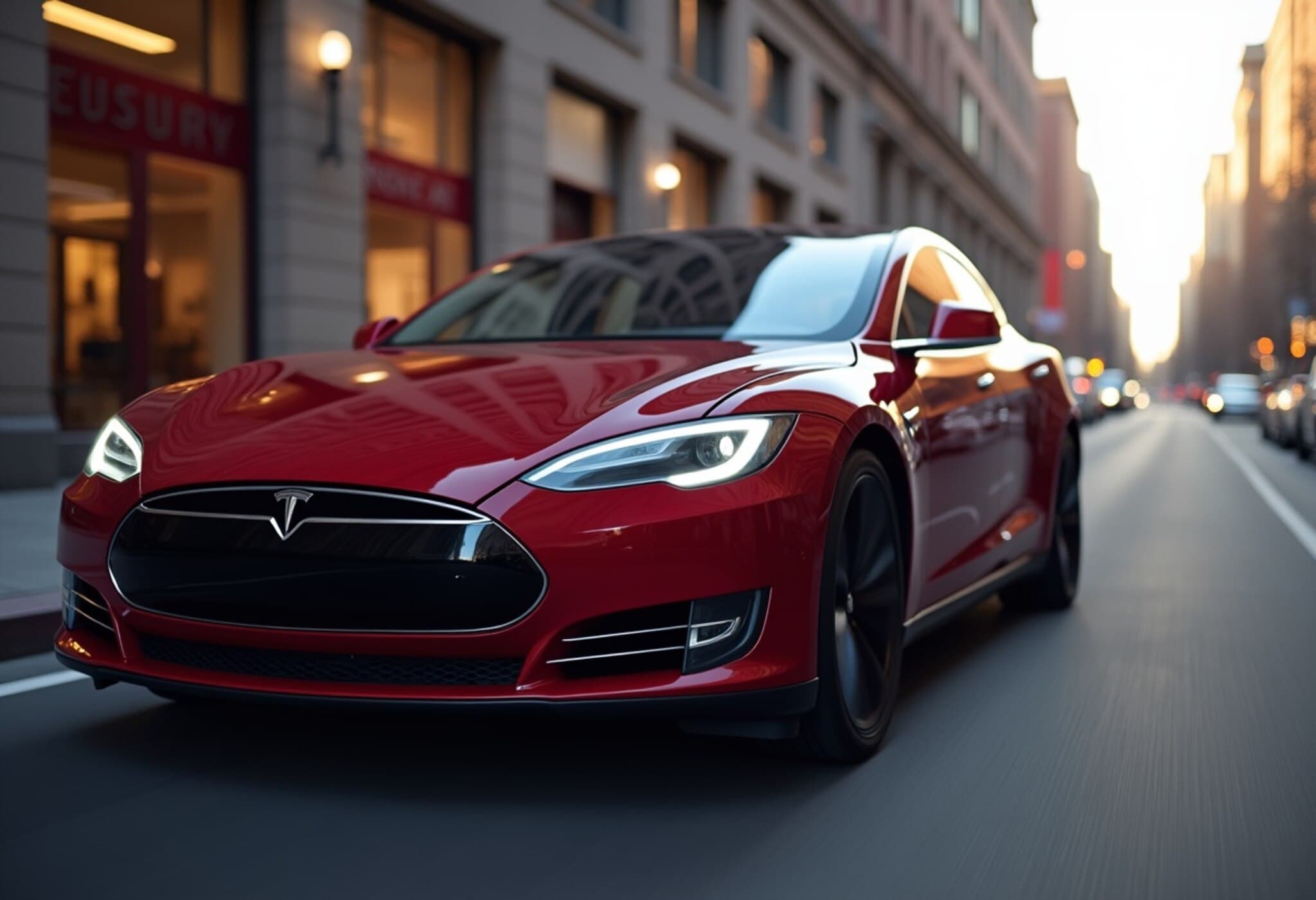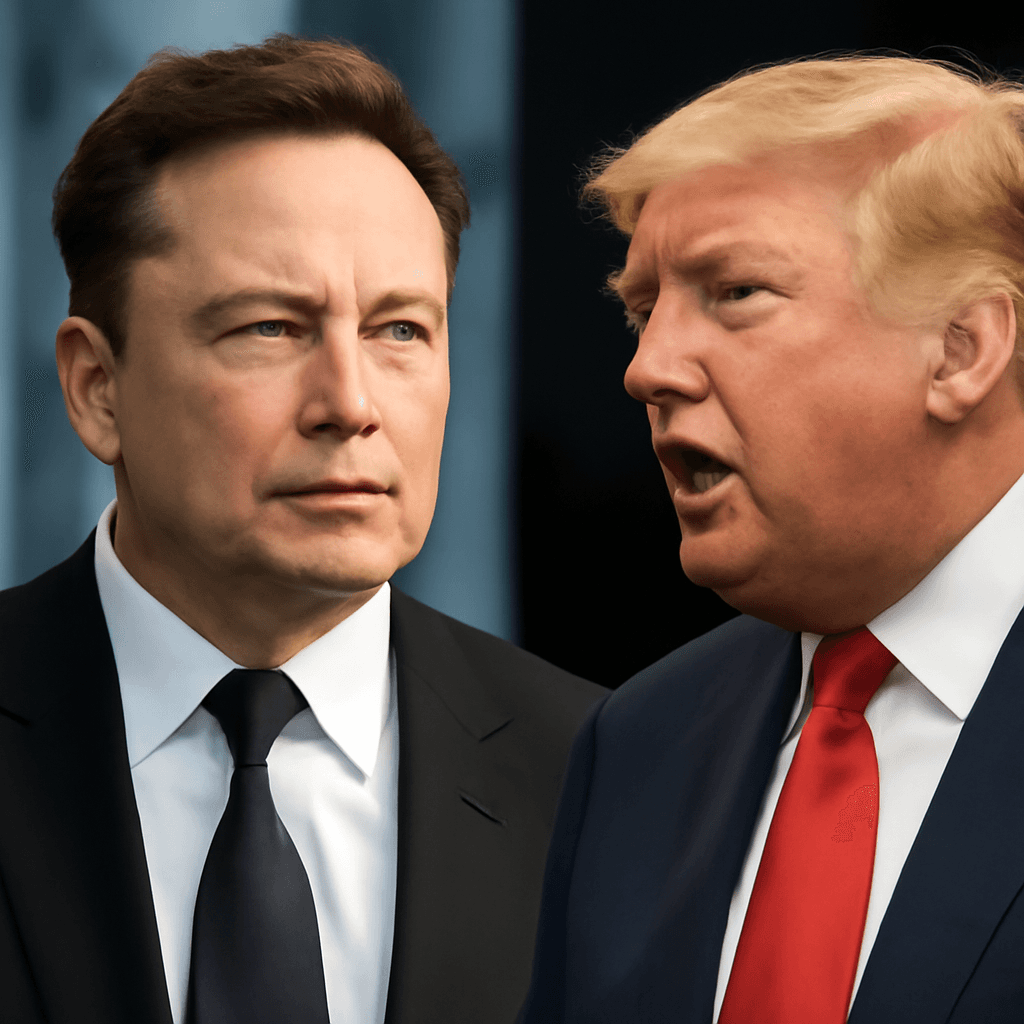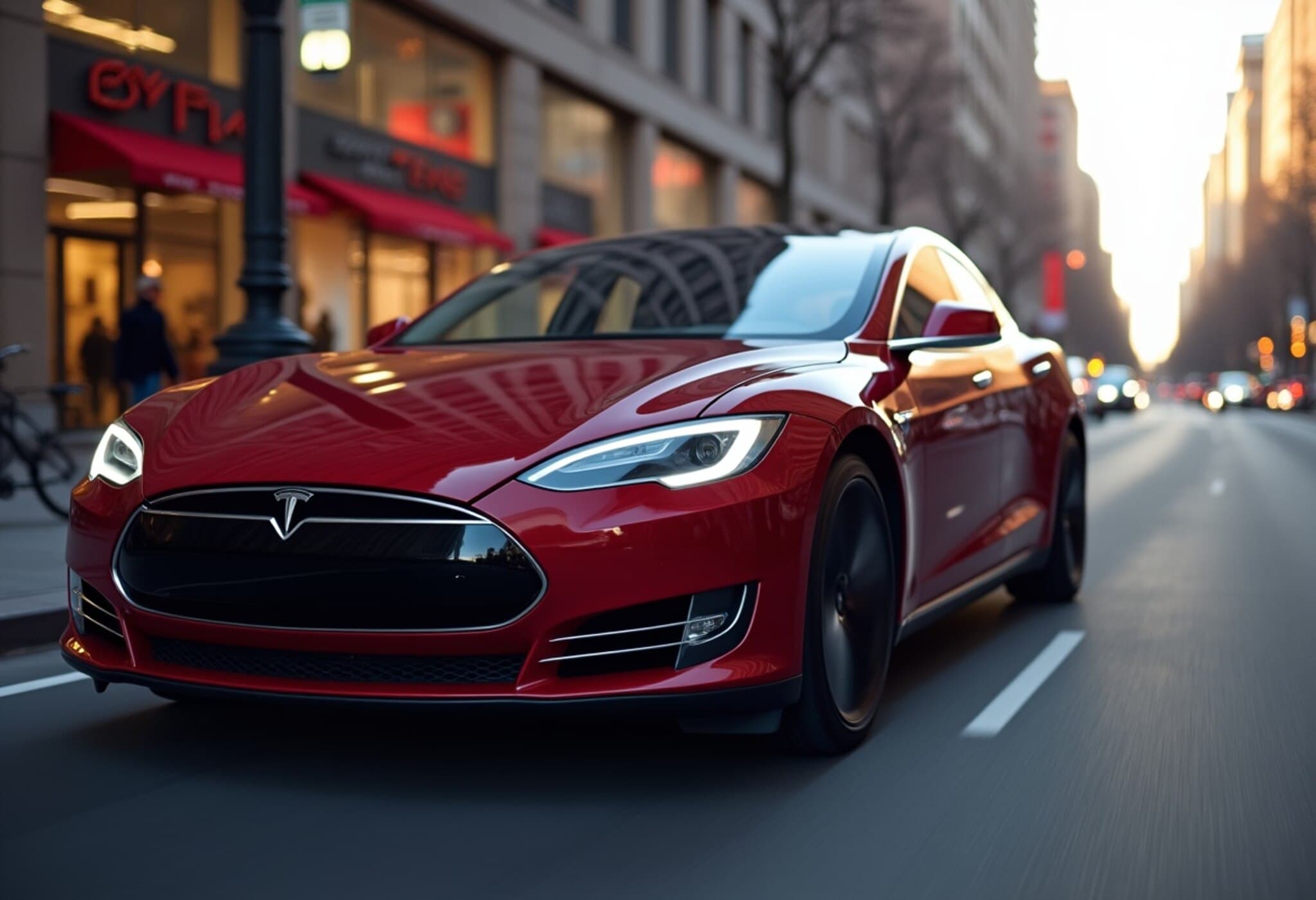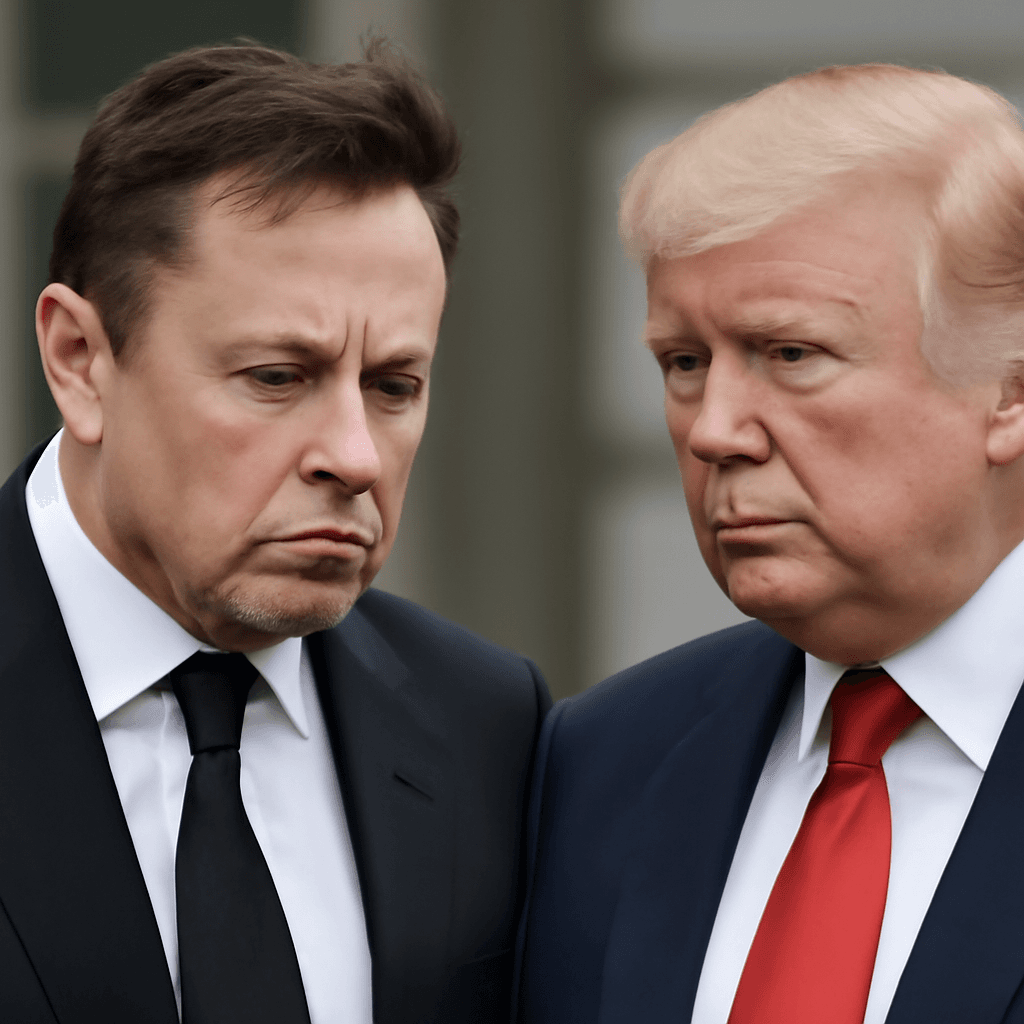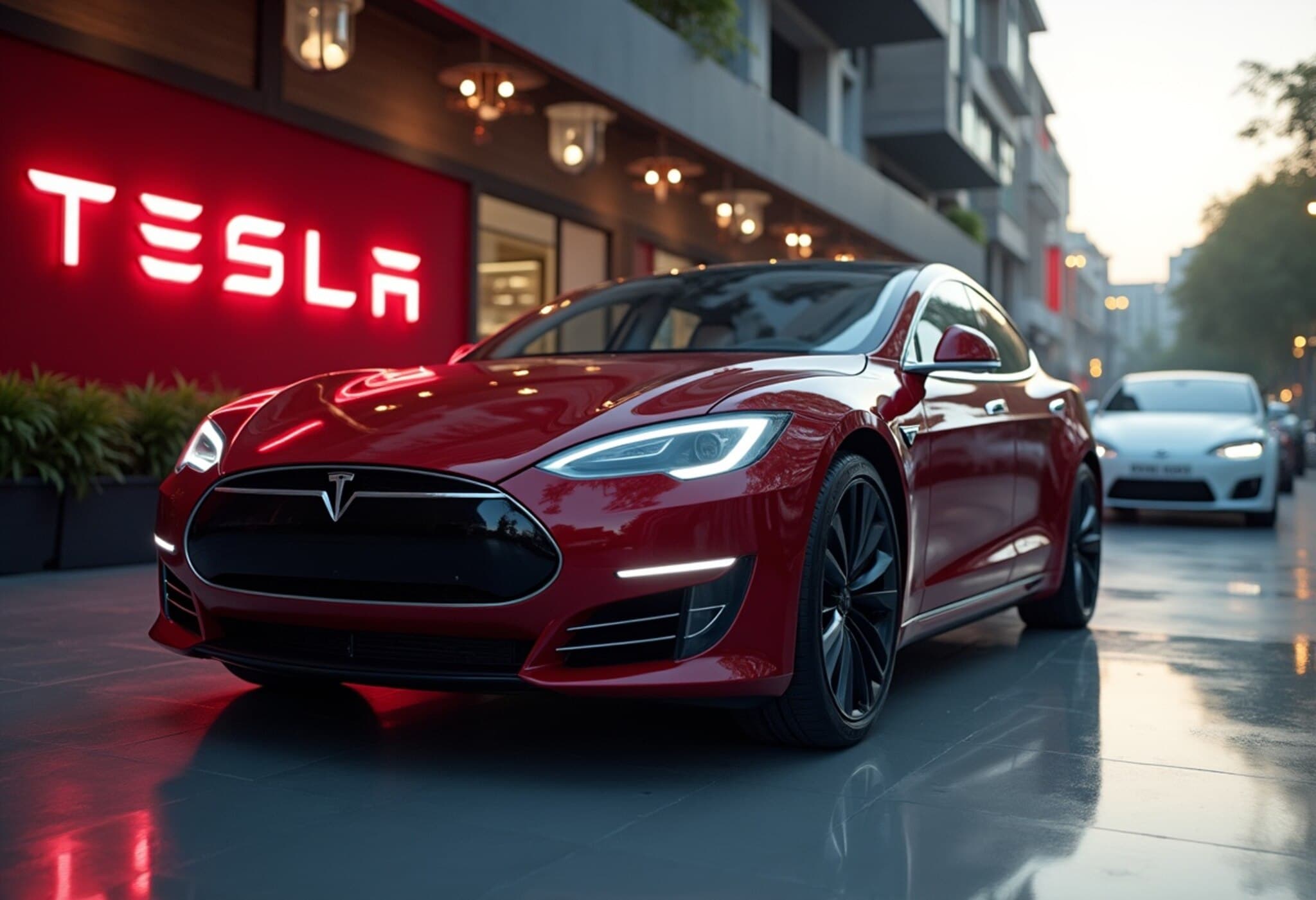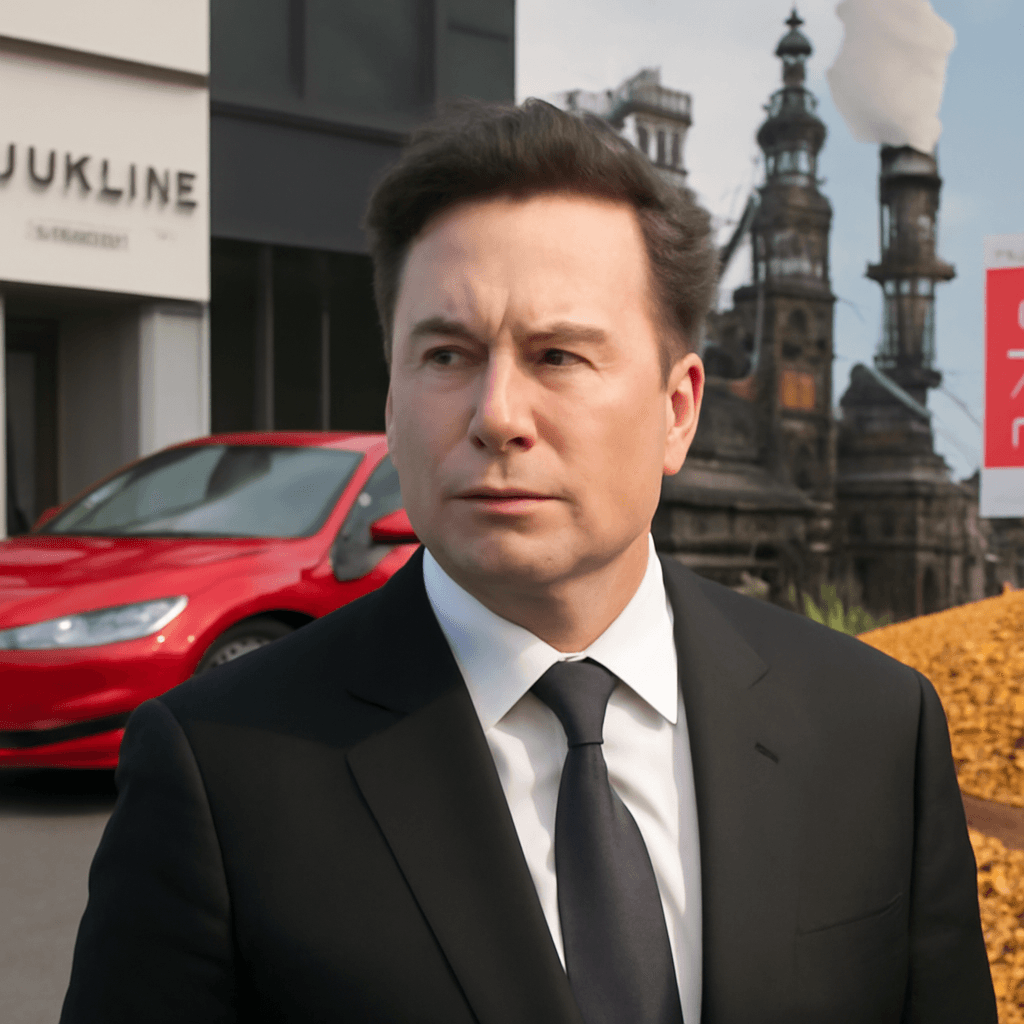Tesla's Q2 Earnings Preview: Navigating a Challenging Market Landscape
Tesla is poised to reveal its second-quarter earnings after the closing bell on Wednesday, amid growing concerns over its financial trajectory and evolving market dynamics. Wall Street analysts forecast earnings per share of 43 cents on an anticipated revenue of $22.74 billion, reflecting an 11% year-over-year decline in sales. This marks Tesla's second consecutive quarter of shrinking revenue, continuing a trend that underscores increasing pressures on the electric vehicle (EV) pioneer.
Market Share Erosion and Increasing Competition
While Tesla once dominated the EV space, the landscape is rapidly shifting. In the second quarter, Tesla reported a 14% drop in vehicle deliveries to 384,000 units, signaling a visible slip in its market stronghold. Delivery figures, though not exactly synonymous with sales, serve as a close proxy for Tesla’s EV sales output.
Multiple factors contribute to Tesla’s slump. Regulatory headwinds, supply chain challenges, and escalating competition from both legacy automakers and emerging Chinese brands offering affordable, high-tech EVs are reshaping the competitive environment. Notably, U.S. EV sales more than doubled year-over-year, increasing 111% to nearly 46,300 units, with rivals capturing around 16% of the market collectively—still behind Tesla but gaining ground quickly.
The Political Dimension: Elon Musk’s Polarizing Role
Elon Musk’s heightened political visibility this year has sparked mixed reactions that could be impacting Tesla’s brand perception. His political endorsements and affiliations, including support for controversial parties in Europe and involvement in U.S. government operations, have drawn scrutiny. While Tesla is fundamentally an automotive and technology company, Musk’s political ventures—from slashing federal workforce in the Department of Government Efficiency to proposing a new political entity named "The America Party"—can influence investor and consumer sentiment alike.
Delays and Innovation: The Model 2 and Robotaxi Ambitions
Tesla's long-anticipated affordable "Model 2" EV has been delayed, while competitors accelerate offerings in the entry-level segment, putting price pressure on Tesla's lineup. Additionally, Tesla is banking on futuristic ventures like the robotaxi service and Optimus humanoid robots to revitalize growth prospects. The recent launch of a limited robotaxi pilot in Austin, Texas, featuring a human safety operator, marks a cautious foray into autonomous ride-hailing. However, industry analysts such as Bank of America remain skeptical, highlighting that the robotaxi program's immediate financial impact will be minimal.
Moreover, the National Highway Traffic Safety Administration (NHTSA) has raised concerns, investigating instances where Tesla’s robotaxis reportedly violated traffic laws, including minor collisions and lane departures, underscoring safety and regulatory hurdles ahead.
Investor Sentiment: A Year of Underperformance
Tesla's stock has lagged behind its tech giant peers, shedding about 17% so far in 2025—contrasting starkly with the broader Nasdaq Composite, which has risen over 8%. Analysts at Barclays point to weakening fundamentals but acknowledge persistent enthusiasm tied to Tesla’s ambitious future roadmap. Shareholders and fans remain captivated by Musk’s vision of an AI-driven transportation and robotics future, even as current earnings indicators paint a more cautious picture.
What to Watch in the Earnings Call
- Automotive gross margins: Investors will closely monitor margin trends especially as tariffs and diminishing federal EV credits weigh on profitability.
- Production updates: Clarity around timelines for the affordable Model 2 and scaling of robotaxi services.
- Regulatory and political risk management: Insight into how Tesla plans to navigate shifting regulatory landscapes amid Musk’s political engagements.
- Technology advancements: Progress on full self-driving capabilities and the broader AI initiatives known as Optimus robots.
Tesla executives will present the quarterly results at 5:30 p.m. ET, where analysts and investors eagerly await answers on growth strategies amidst a more crowded and scrutinized EV market.
Expert Commentary: The Road Ahead for Tesla
From a policy perspective, Tesla operates at a complex intersection of technology innovation and regulatory oversight. The rollback of federal EV tax credits poses immediate challenges for affordability, while geopolitical tensions and evolving U.S.-China dynamics complicate supply chains. Musk’s growing political activism adds an unpredictable variable, potentially influencing regulatory perceptions and consumer loyalty.
Economically, Tesla’s ability to reclaim market growth hinges on addressing three critical pivots: accelerating affordable vehicle production, mitigating safety concerns with self-driving technology, and successfully commercializing robotaxi services. Failure to adapt risks ceding further market share to nimble competitors prioritizing cost and advanced features.
Editor’s Note
Tesla’s next quarterly report offers more than just numbers: it’s a window into how a pioneering company grapples with the realities of scale, competition, and leadership complexities in a transforming industry. The stakes extend beyond earnings—they reflect broader questions about innovation pathways, the intersection of corporate influence and politics, and sustainability in the evolving electric vehicle market. As Tesla charts its future, investors and observers must watch closely whether vision will translate into viable, profitable growth or if the company’s star will dim amid challenges both on and off the road.

